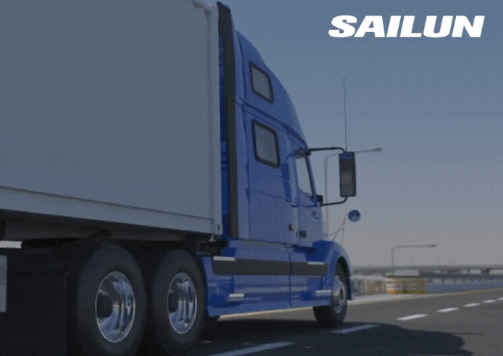It’s a well-known fact that driving on old, bald car tires is dangerous. However, many vehicle owners unknowingly put themselves and others at risk by failing to complete routine tire checks and driving on worn-out car tires for too long. We’ve put together a list of necessary maintenance for your high-performance tires, SUV tires, and CUV tires so you can stay safe on the road.
Tire safety 101
Check your tire inflation
Proper tire pressure is crucial to tire safety. Vehicle owners should do monthly inflation checks, especially during the winter season. In warm weather conditions, tire inflation pressure increases, whereas in cold weather, your tire inflation pressure will decrease. This means that a sudden overnight drop in temperature can leave your tire underinflated.
Car tires that are underinflated result in more surface area touching the road, which increases friction, ultimately causing overheating. When your tires overheat, it can cause tread separation and, in severe cases, a blowout. If your tires are blown out you may lose control of the vehicle, putting yourself, passengers, and other drivers in harm’s way. Underinflated tires have further repercussions, such as longer braking distances and increased fuel consumption.
Check your tire balance
If the weight of any of the four tires isn’t evenly distributed, a car’s tires can become unbalanced. This creates a clunky, sometimes bouncy, ride that not only compromises the structural integrity and lifespan of a tire, but further puts your safety at risk.
When your tires are unbalanced, it puts undue stress on your vehicle’s bearings, shocks, and wheel assembly resulting in long-term damage. Furthermore, if certain tires are bearing more weight, the tread will wear down unevenly.
Rotate your tires
Rotating your car tires can reduce irregular wear and extend the lifespan of your tires. Your owner’s manual will have the information on how frequently your tires should be rotated and the best pattern for their rotation. On average, SUV tires and CUV tires should be rotated every 5,000 to 8,000 miles.
Replace cracked tires
Cracked tires are a telltale sign you must immediately stop driving and purchase new tires. Overinflated, underinflated, and cracked tires all pose safety risks and are far more susceptible to a sudden blowout. If your cracked tires go unaddressed for an extended period of time, they could burst while you’re driving.
Mitigate load limits
The best tires for trucks are those that can manage your desired load limits. The amount of weight you carry in your car and the weight of the vehicle itself greatly influence your car tire safety. To determine your vehicle’s load limit, search for the placard listing PSI (pound per square inch) information. This can typically be found affixed to the driver’s door jamb or inside of the glove box and will indicate the maximum weight that the car can handle before it becomes dangerous.
Replace your old tires
The industry standard is that car tires should be replaced when they have 2/32 inch tread remaining. However, relying on tread depth as the sole determinant of replacement isn’t enough. Depending on the tire brand and manufacturer, or aggression with which the vehicle was operated, your tires may need to be replaced sooner.
Get safe high-performance tires with Sailun
Car tire safety is key to ensuring everyone is safe on the road. Routine maintenance to rotate, balance, and align your tires is a great way to stay on top of your car tire safety. If your tires are cracked or worn out, visit your local Sailun Tire store to shop for a wide variety of secure, high-quality tires.


